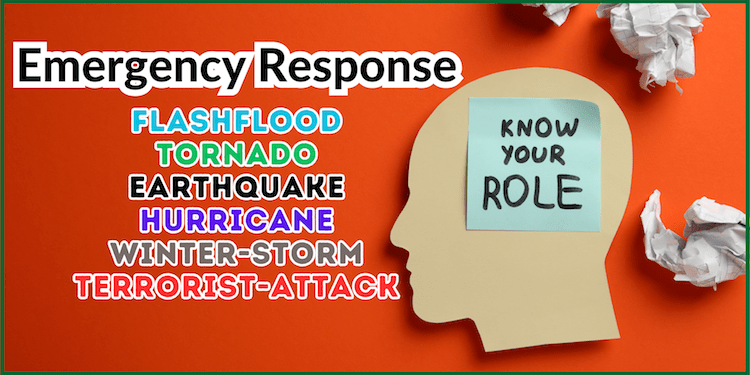Understanding basic fire safety and prevention is essential and very handy during an unforeseen fire emergency.
The main objective of fire safety is to minimize the risk of fire. It is one of the primary considerations when designing buildings, e.g., residential, commercial, educational, etc.
In this post, we explain fire safety and prevention.
We discussed the primary purpose of fire safety, the importance of the fire protection system, and many more.
Lastly, we give some fire safety tips that are beneficial to coping with fire problems and emergencies.
What is Fire Safety?
Fire safety is the measures and practices for preventing or reducing injury and loss of life or property by fire emergencies.
It is an activity to measure and minimize injury during severe critical fire-occurring problems. By adopting appropriate steps, fire safety does reduce the loss of life and property.
A fire emergency will not happen without a hazard being present.
What is Fire Hazard?
A fire hazard is any condition and or substance that possesses the means to ignite or start a fire. Or any material that can potentially increase a fire’s severity.
Furthermore, a fire hazard can impede the proper functioning of a fire protection apparatus designed to reduce or fight a fire in the cause of action.
The goal of Fire Safety?
The primary goal of fire safety is to protect and prevent.
- Minimize injury and harm
- Prevent the loss of life
- Reduce property damage
- Downtime in the use of the property and time
Implementing a Fire Safety Plan
It is essential to educate everyone on the implementation of fire safety plans.
We all should know the necessary actions to take during a fire emergency.
Individuals must know how to fight a fire with a portable fire extinguisher.
Minimizing a fire emergency’s effect and damage is the goal of a safety plan.
Buildings Fire Safety Solutions
- Installation of Fire Alarms
It is one of the best solutions for early fire detection. Fire alarms alert all members of a building.
- Fire Sprinkles
Automatic fire detection system. The system will discharge water when a fire is detected.
- Fire Extinguishers
Manually controlled Fire protection devices to quench small fires.
- Fire Doors
Self-closing fireproof doors are built to resist a burning fire.
Fire Safety Tips for All
Follow these fire safety tips to protect yourself and your surroundings.
- Pay attention to cooking, do not neglect burning stoves
- Do not smoke in unauthorized spaces
- Keep lighters and matches at some height for children
- Have a fire escape plan, and practice escape techniques
- Disregard the use of extension cords for big appliances, e.g., Air Conditional, refrigerators, etc.,
- Keep space heaters at a distance from flammable and combustible materials
- Inspect relevant fire safety equipment regularly
- Keep all spaces clean and free from flammable materials
- Carry out thorough risk assessments
During a fire emergency, do not hesitate to call for help (dial 911/United States). Sound the alarm system to notify others.
Precautions Against Fire Emergencies
Designed precautions against fire, including but not limited to:
- Store flammable and combustible materials properly
- Follow the direction provided on Material Safety Sheet for hazardous materials
- Make use of fire-safe furniture
- Maintain the exhaust system of the workplace
Editor’s Note;
With good preparation, one can feel safe in the case of a fire emergency. The main objective of fire safety is to minimize the risk, injury, or loss of life or property.
Fire comprises three elements-Fire triangles. Removing one of the elements will reduce the fire or take it out.
- Oxygen, e.g., Air, Wind
- Heat, e.g., Matches/Ignition Source
- Fuel, e.g., Flammable Materials
Do you enjoy this reading? Kindly share with family, friends, and colleagues. Thanks 🙂



